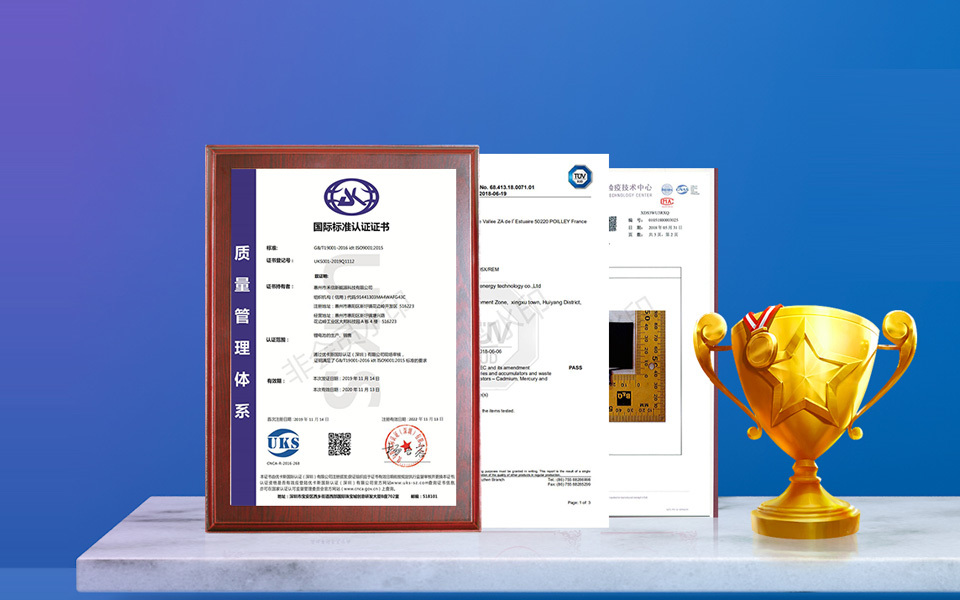21
2020
-
04
21700 battery is "at the gate" and domestic companies are accelerating their layout
Author:
Lithium-ion batteries have been widely used in consumer electronics since their inception. In recent years, it has been greatly developed in the field of electric vehicles, making carbon-free travel possible. What is the difference between them? Generally speaking, in consumer electronic devices such as mobile phones and smart watches, lithium-ion batteries with high energy density, such as lithium cobalt oxide, are used. Although such batteries may pose some safety risks, because they are small in size, inseparable from the shape of the human body, and the use environment is generally not so harsh, the risks are generally controllable.
In the case of all new batteries, the battery capacity is tested with a discharge meter. The capacity of ordinary power lithium batteries is around 1000-1500mah, while the capacity of ordinary lithium batteries is more than 2000mAh, and some can reach 3400mah. In contrast, the energy density of power lithium batteries in electric vehicles is usually not as high as that of consumer electronics to reduce safety risks. After all, an electric vehicle’s power battery pack consists of hundreds of cells. If the risk probability of a certain battery increases, the risk probability of the entire battery pack will greatly increase.
This is why electric vehicle companies will design active/passive cooling systems for power battery packs and precise battery control systems that are more complex than digital electronics. In addition, the life of high-energy-density lithium-ion batteries is usually short, and the life cycle of consumer electronic products is mostly about 2 years, which is far lower than that of electric vehicles. Therefore, batteries with high energy density can better meet the needs of consumer electronics, but are not suitable for electric vehicles.
Power lithium batteries refer to batteries that provide power for transportation vehicles, generally compared with small batteries that provide energy for portable electronic devices; while ordinary lithium batteries are primary batteries that use lithium metal or lithium alloy as the negative electrode material and non-aqueous electrolyte solution. Batteries, which are different from rechargeable lithium-ion batteries and lithium-ion polymer batteries.
In an interview with the media, Yosano Zinc predicted that electric vehicles will account for 15% of new car sales by around 2025, but the key to limiting the development of electric vehicles may be whether power batteries can be recycled. If humans can obtain the raw materials for power batteries from recycled power batteries, then this problem will be solved and the electric vehicle industry will develop in the longer term.
Next Page
21
2020-04
21
2020-04
The lithium battery industry can still expect high growth in the next few years
21
2020-04
Decoding the pros and cons of overseas Taobao for Chinese lithium battery companies
21
2020-04
Where is the energy storage battery?
21
2020-04
More than 5 power battery companies are involved in upstream lithium mines
11
2020-05
Warmly celebrate our company's successful passing of ISO9001 quality management system certification
11
2020-05
Super battery/graphene battery is not the best yet. Take stock of 12 new battery technologies

Copyright©Huizhou Hexin New Energy Technology Co., Ltd. All Rights Reserved


